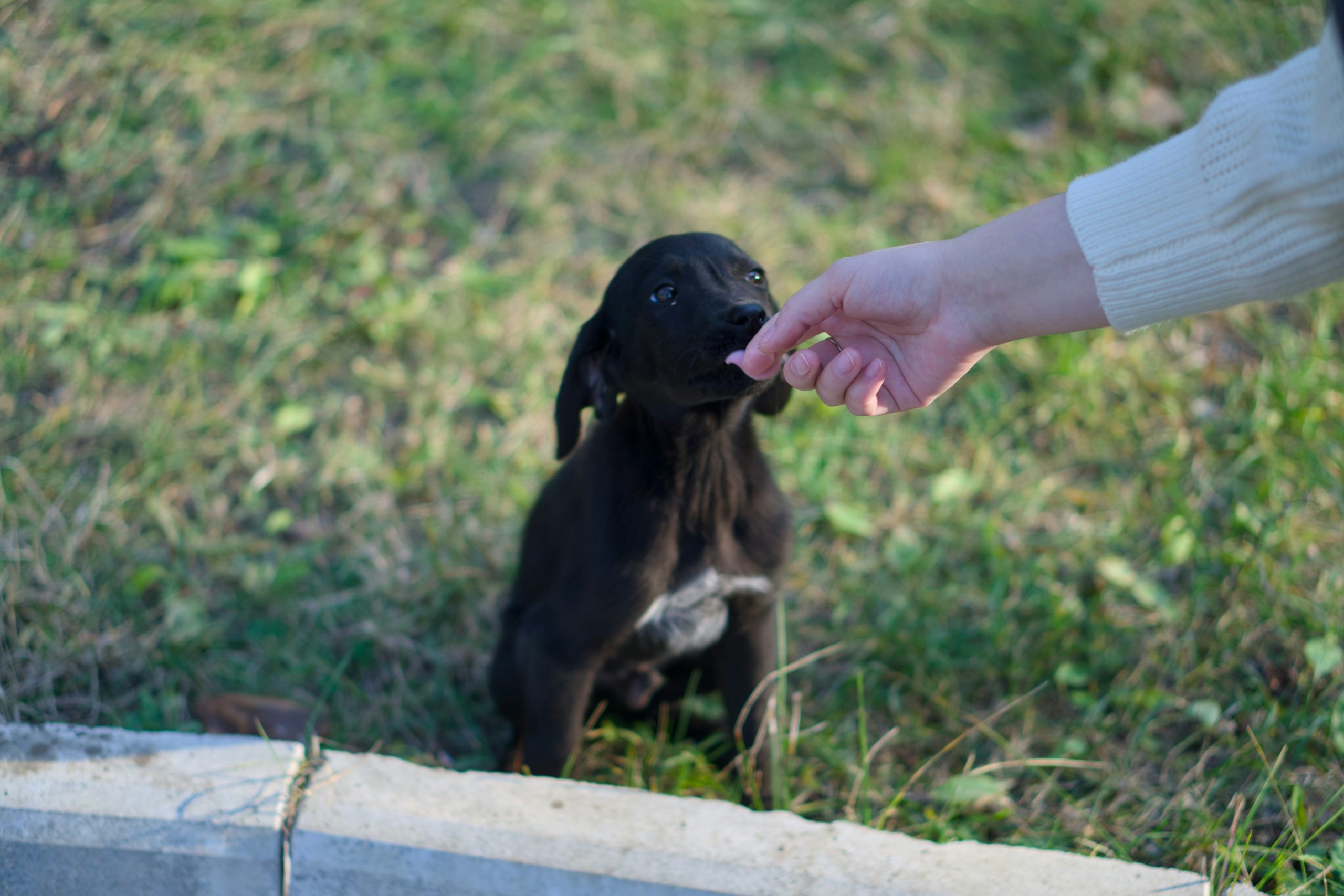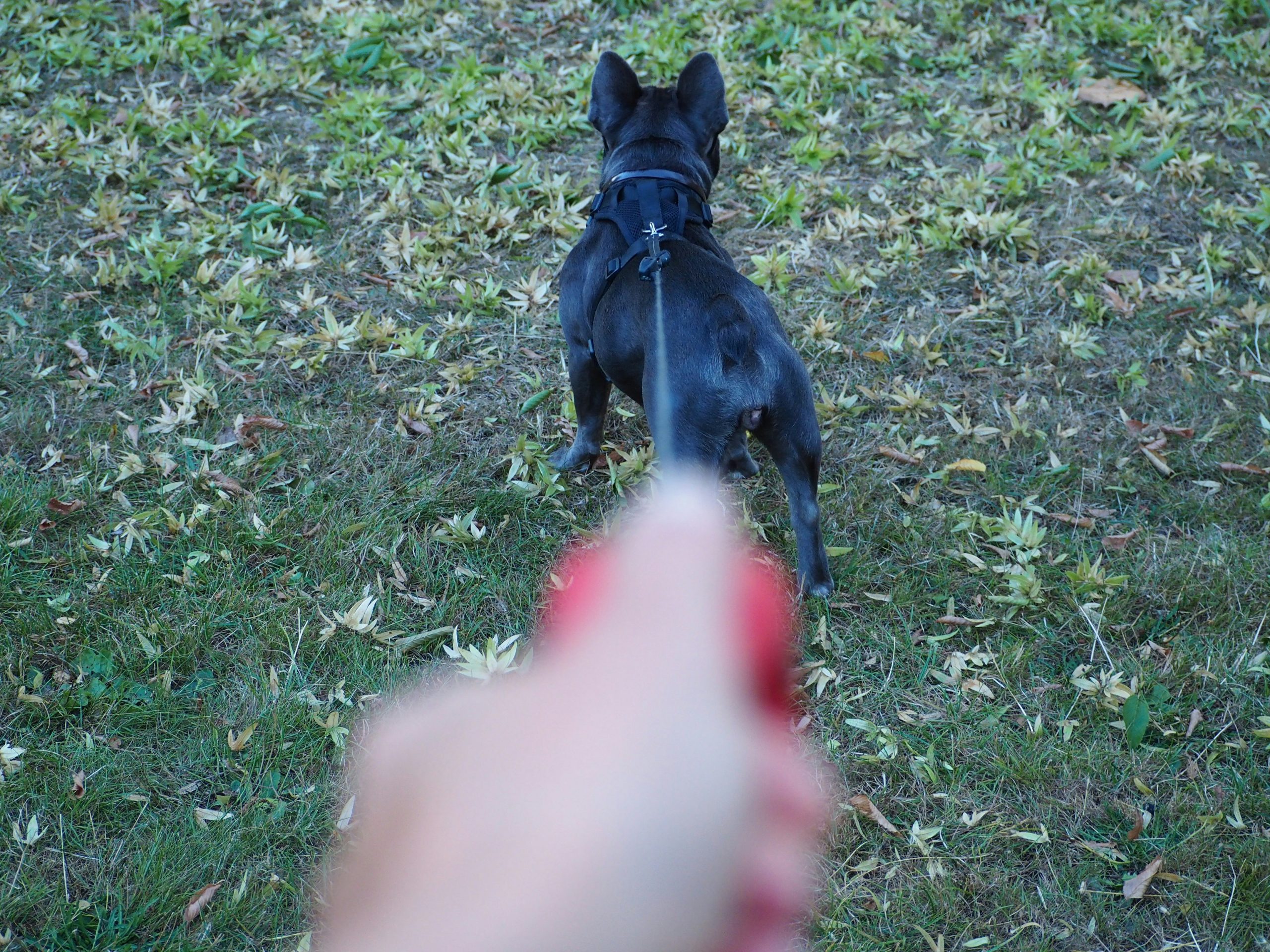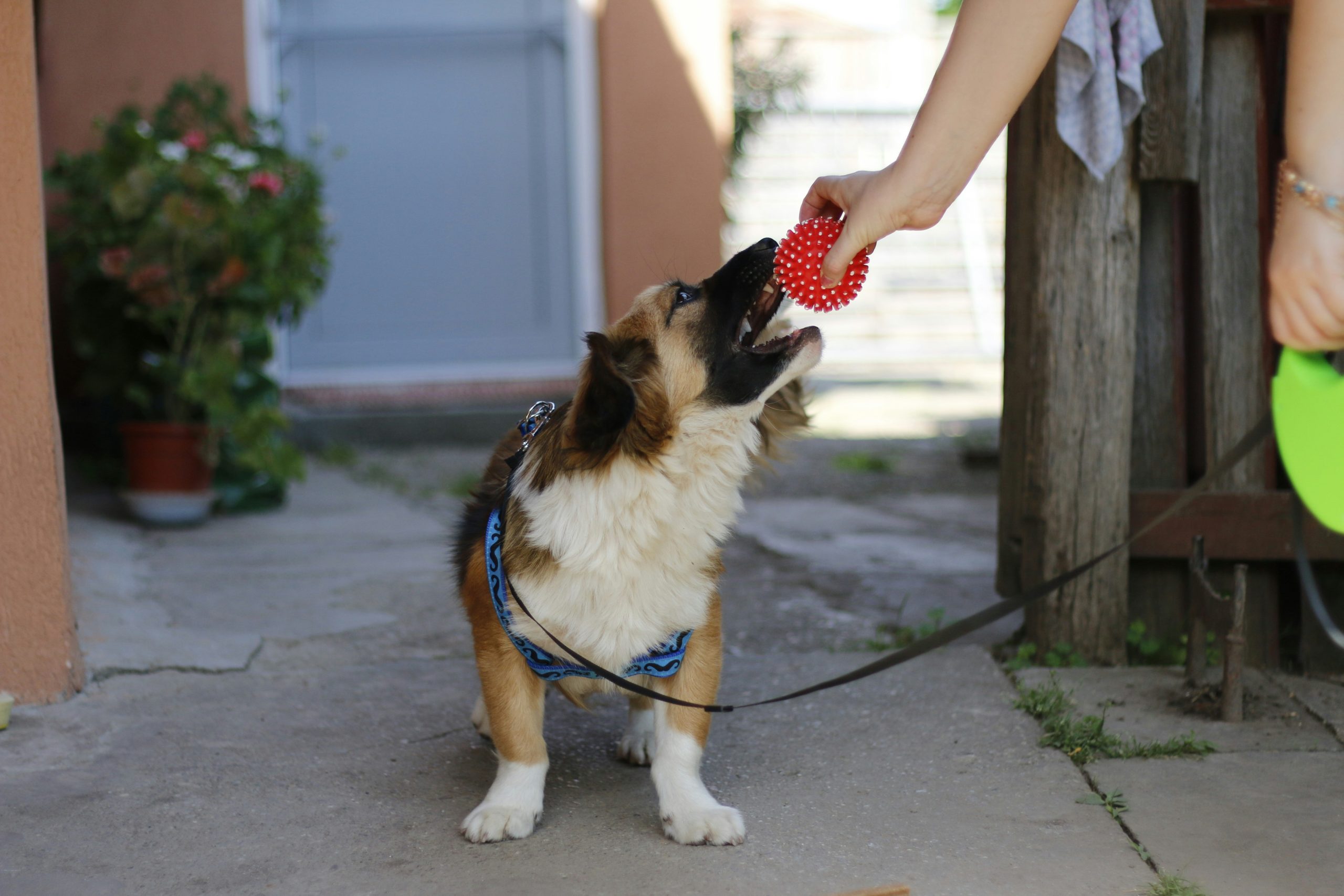“Ever tried guiding your dog with a hand signal only to be met with a tilted head and zero action? Yeah, we’ve all been there.”
Pet training can feel like trying to teach algebra to a goldfish—until you discover hand target progression. This method is the unsung hero of pet obedience training. If you’re ready to transform confusion into confidence for both you and your furry student, this guide’s got your back. Get ready for actionable tips, hilarious fails, and some serious “Aha!” moments.
What’s Inside? We’ll explore why hand target progression works, how to implement it step-by-step, pro tips from experts, real-life success stories, and even tackle some FAQs (because no one likes unanswered questions).
Table of Contents
- Key Takeaways
- Why Is Hand Target Progression So Powerful?
- Step-by-Step Guide to Teaching Hand Target Progression
- Pro Tips to Master Hand Target Progression Faster
- Case Studies: Real-Life Success Stories
- FAQs About Hand Target Progression
Key Takeaways
- Hand target progression builds trust and communication between pets and their owners.
- It’s ideal for beginners because it uses positive reinforcement strategies.
- A consistent routine is crucial for mastering this training technique.
- Common pitfalls include poor timing on rewards and unclear cues.
Why Is Hand Target Progression So Powerful?

If you’ve ever struggled to get your pet to listen without treats dangling permanently in front of their face, you understand how frustrating traditional methods can be. Enter hand target progression—a game-changing approach where your pet learns to focus on following your hand signals instead of relying solely on food incentives.
This method isn’t just about making tricks easier; it’s about creating lasting bonds through clear communication. Picture this: Imagine commanding your pup to greet a guest without jumping—and they actually listen! That’s what effective hand targets can do.
“Optimist You:* Wow, my dog will totally nail these moves fast!” Grumpy You*: But remember—it takes consistency and coffee.”
Step-by-Step Guide to Teaching Hand Target Progression
Step 1: Start Small and Be Clear
Hold your palm open near your pet’s nose. As soon as they sniff or touch it, reward them immediately with verbal praise or a treat. Repeat several times daily until they associate touching your hand with a reward.
Step 2: Add Movement
Once your pet understands the concept of touching your hand, start moving it slightly left, right, up, or down after presenting it. Reward each successful movement toward or contact with your hand.
Step 3: Introduce Distance
Gradually increase the distance between you and your pet before giving the cue. Keep sessions short (5–10 minutes) to prevent frustration—for both of you!
Step 4: Use Verbal Cues
Add simple commands like “Touch” or “Target” while offering your hand. Over time, phase out the physical gesture so your voice becomes enough to prompt action.
Pro Tips to Master Hand Target Progression Faster

- Tailor Rewards: Use high-value treats initially but switch to lower-value ones once your pet gets comfortable.
- Short Sessions = Big Wins: Attention spans vary among pets. Five focused minutes are better than twenty distracted ones.
- Be Patient: Dogs aren’t robots! Mistakes happen. Just laugh it off and try again tomorrow.
Case Studies: Real-Life Success Stories
Take Max, a hyperactive Labrador who couldn’t stay still during obedience classes. His owner introduced hand target progression and saw immediate results. Within weeks, Max learned to wait patiently at doors and greet humans politely—all thanks to targeted practice.
Or consider Luna, an anxious rescue cat terrified of strangers. Using gentle hand targeting techniques, her caregiver helped her gain confidence over months. Now? She hops onto visitors’ laps when invited!
FAQs About Hand Target Progression
Q: Can I use hand target progression for older pets?
Absolutely! While younger animals may learn faster, older pets benefit from mental stimulation and bonding opportunities too.
Q: What if my pet ignores my hand?
Try using higher-value treats initially or incorporating playful distractions. Stay calm and patient—it’s a learning curve for everyone!
Q: Do I need special tools or equipment?
Nope, just your hands and positive energy! Treat pockets might help keep snacks accessible, though.
Conclusion
So there you have it—the ins and outs of hand target progression laid bare. Remember that every animal progresses differently, so celebrate small wins along the way. And hey, don’t sweat the setbacks. Even seasoned trainers mess up sometimes (ask me about the time I accidentally trained my dog to *only* sit backward).

Final Thoughts: Like leveling up in Pokémon, patience and repetition are key. With dedication, you’ll not only master hand target progression but also unlock deeper connections with your beloved companion.
And now, because nostalgia heals everything… 🧵
Like a Tamagotchi, your SEO needs daily care.


